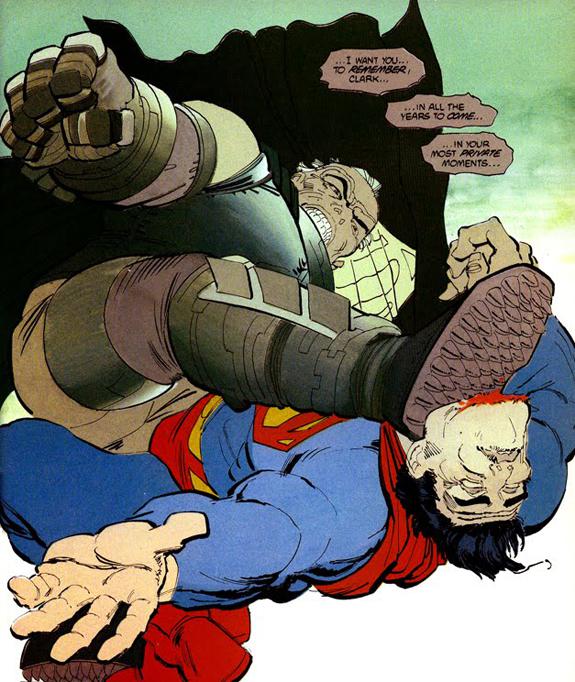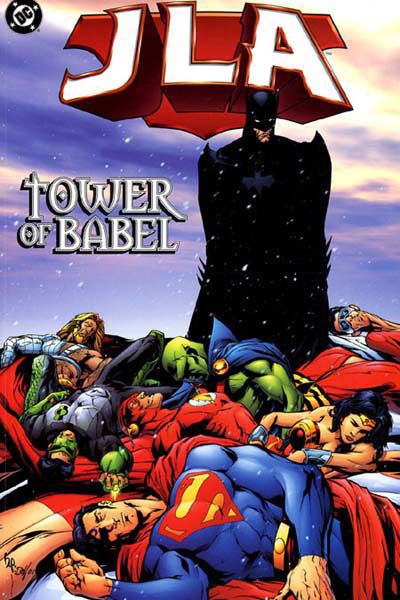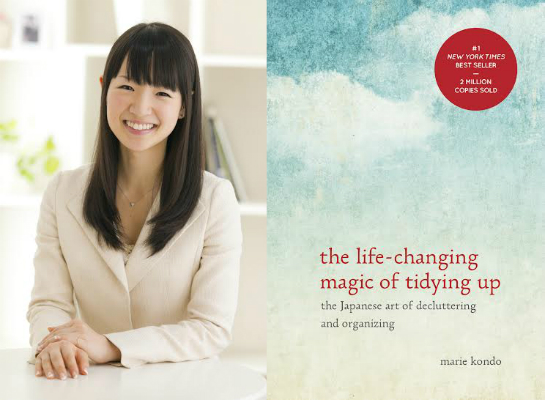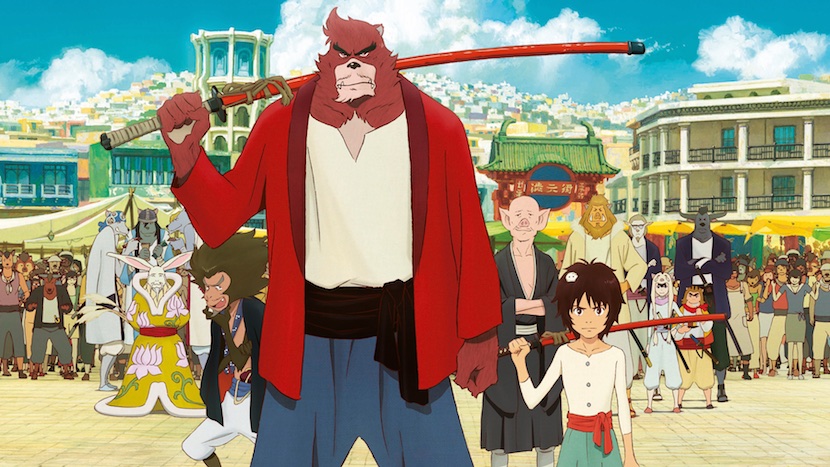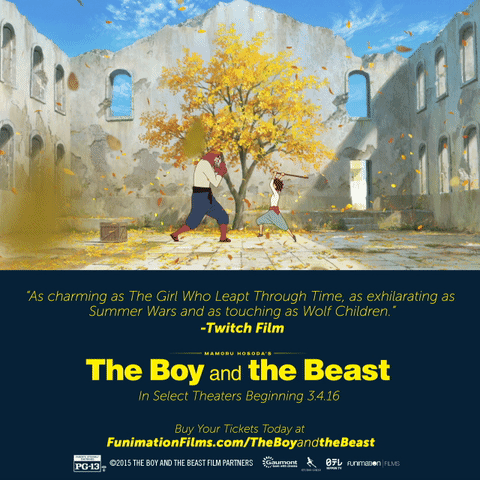Just in time for April, another selection of songs that makes my head bop, my toes curl and my fingers fly on the keyboard.
I have had Grimes’ new album, Art Angels on heavy rotation the last few weeks. My love for this album has been bolstered by a long interview with the artiste that I read recently, and a book called Song Machine: Inside the Hit Factory. It’s a stunning collection of tracks — accessible and complex at the same time, and self-aware, in a strange way. Grimes has appeared on my older playlists, obviously, but I have never been as completely blown away by the totality of her earlier albums. ‘Kill v Maim’ is here because it’s one of the weirdest songs on Art Angels: the video is all glitter and J-pop, and her voice takes on textures that . What makes the song really special is the concept — it is sung from the point of view of Al Pacino in Godfather II, except ‘except he’s a vampire who can switch gender and travel through space’. Um, yeah. Fuck.
Klimeks is a British producer that falls squarely into the ambient/synthpop genre, much like Burial and even Mura Masa, both of whom are artistes I love. In fact, if ‘Tokyo Train’, a track from 2013, had pitch-shifted vocals, I would probably think it was Mura Masa. Though that’s kind of doing Klimeks injustice, he has a very distinctive sound that makes for great listening both at home and at work. Calm yet filled with nervous tension.
Moderat’s new album Moderat III is out already, and this was one of the first singles that I heard from it. The video features a sci-fi story with teenagers harvesting crystals in a dystopian world, and it feels like an avant garde video game someone else is playing when you get high. The song is so distinctively Moderat – the sharp synth wail, the repeating 5-beat snare pattern at 16 bar intervals, the layered vocals.
Julietta’s ‘Conquest’ is a catchy pop song about heartbreak. It has this unsettling tremolo synth loop going on at first, which is kind of distracting, but the song ultimately wins it with her voice and the main hook.
Early Winters is one of my favorite bands, and their second album ‘Vanishing Act’ is my album of choice on silent, meditative nights. Their third album has been forthcoming, but what we got was a 2:13 minute song that proves that they have not lost a little bit of the wonderful sound and the unique mood of their collaborative act. Justin, Carina, Dan and Zach, please finish your album.
Shadow and Light are a Delhi-based band that caught my attention through a random link that someone shared. Pavithra Chari and Anindo Bose make for a wonderful collaboration; she is the vocalist and lyricist, while he works on the music production and provides harmonies. Oh, the harmonies. ‘Dua’ makes me very happy indeed, with its nimble mix of the jazz piano and a mellifluous ghazal.
Synthwave is a genre inspired by 80s film, video and TV soundtracks, mostly driven by non-American bands. You can hear the sound in the OST of Drive, or in the music of Com Truise. This Carpenter Brut track needs no endorsement. The video is batshit insane, and the propulsive synth-driven beat puts you square in the center of B-movie action.
What is it with young British electronic musicians? Feint is 22, and his Drum and Bass songs burrow their way into my brain like nothing else. Veela’s vocals work beautifully on this song.
Thomas Vent is electro-funk with a dollop of dubstep. You better have your dancing shoes on.
I had included Sir Sly’s ‘You Haunt Me’ in an earlier playlist, but my preference was for the remix of the song, rather than the original. This song drove me crazy, with its hypnotic beat and Landon Jacobs’ whisky-smooth voice and the throbbing, glitchy arpeggiator that comes in somewhere in the middle. The video’s wonderful too, makes you want to not blink at all.
It’s funny how artistes take on new meaning with a bit of context. I heard Mr Oizo one fine day, thanks to a random online recommendation. Two days later, while in conversation about weird cinema with a bunch o’ fellow-nerds at a signing, the name Quentin Depeaux came up, who is a French film-maker that has made some surreal films. Turns out Mr Oizo is Depeaux’s side-project as a DJ/musician. And his music is as sufficiently weird as his filmography, according to people in the know.
A New Zealand-based band that has settled in LA, BRÅVES has had its share of crazy videos — including one with full frontal male nudity. This video is tamer, but the song is a crisp crowdpleaser.
I stumbled across the work of the pianist/multi-instrumentalist Lambert while looking for more artistes like Deaf Center and Nils Frohm. German artiste who has recently performed at the Hotel Cafe, and I wish I had known of him before his act. Must have been fun to see him live.
Ibeyi means ‘twins’ in Yoruba (a language spoken in Nigeria), and true to their name, the band is made up on twin sisters Lisa-Kainde and Naomi Diaz, whose music combines Cuban, French and Nigerian influences. I paid attention to their music from a remix of ‘River’, which removed their vocals altogether, focusing on the thumping percussive beat of the track. A waste, if you ask me, because their voices give you goose-bumps, and the video leaves you holding your breath, literally. I love how the song ends with Yoruban lyrics. These sisters are incredible.
Nombe is Noah McBeth, a musician from Germany who now lives in Los Angeles. The lead guitar riff in the song ‘California Girls’ reminds me of ‘Finally Moving’ by Pretty Lights — the song that Avicii and Flo Rida made huge hits of. But that resemblance is just enough for you to pay attention to it, the song stands up well on its own.
The first thing that gets me about Tom Misch’s ‘Memory’ is its use of steel drums. The song weaves its layers around this single bar loop, which changes only when the vocals come in, almost 2 minutes into the song. It takes off with a crunchy guitar solo, and a drum-and-clap beat that glides in and out. Beautiful, beautiful track.
OH SHIT! This Four Tet remix of Jon Hopkins gut-punched me when I heard it the first time. The piano, if I may, is like moonlight peeping in through the trees as you drive through a dark forest late at night. Not your normal moonlight, more like moonlight in high contrast and embroidered with gold and fairydust. And then there’s stars going supernova as you suddenly begin flying into the sky, and there are colors everywhere and you can barely feel your own body. The closest you may get to this experience is if you are sitting on a window seat and your plane is about to land in LA late in the night. Or something like that. The video is insane on its own, but with the song, whoof!
Umm, yeah, Hans Zimmer’s theme for Batman v Superman featured heavily in my listening all of last month. “Day of the Dead’ particularly, because it goes from tenderness to dread to melancholy to bombast in the space of a few minutes, weaving layers over the four note Kal El theme from Man of Steel. Especially with the pizzicato strings ticking along like a time bomb.
That would have been the last song on the playlist, but for the fact that I noticed that Hana had released the video for her exquisite ‘Clay’. There’s also the added connection of her opening for Grimes in her last tour. My favorite moment on the song, the point when I knew it was going to be on constant rotation, is when the beat comes in at 0:56. Love the use of echo in her voice, and the warbly violin-sound that creeps into the track.


